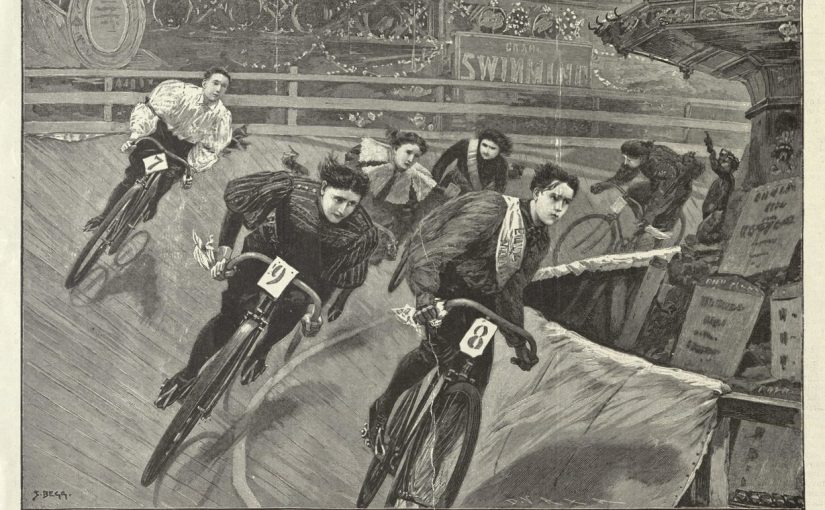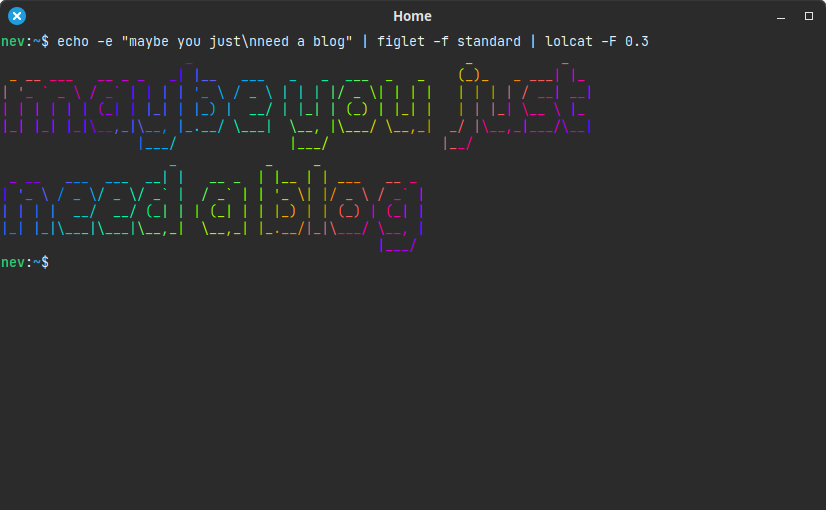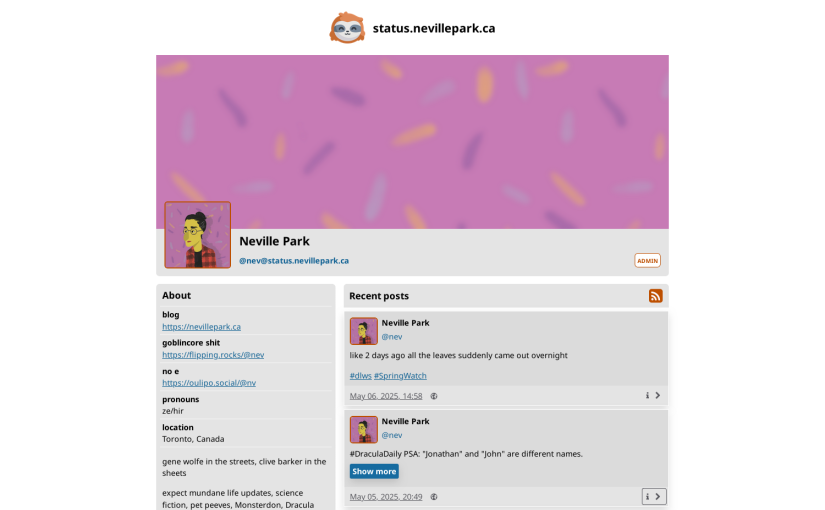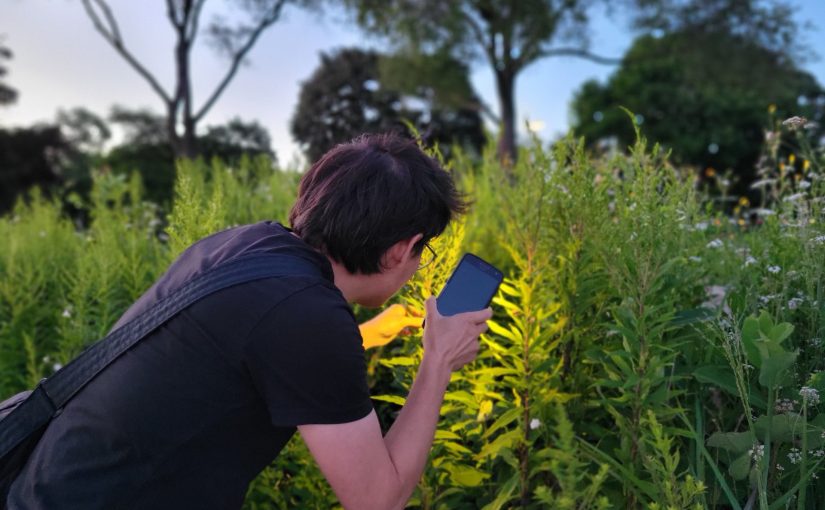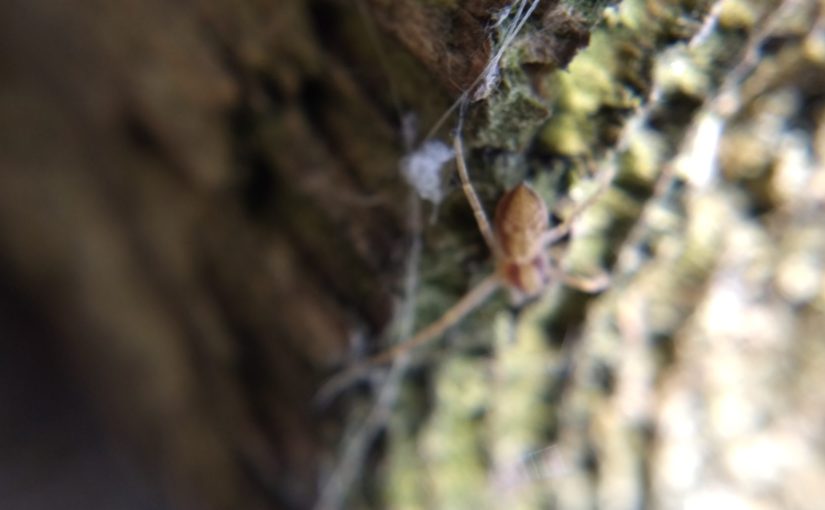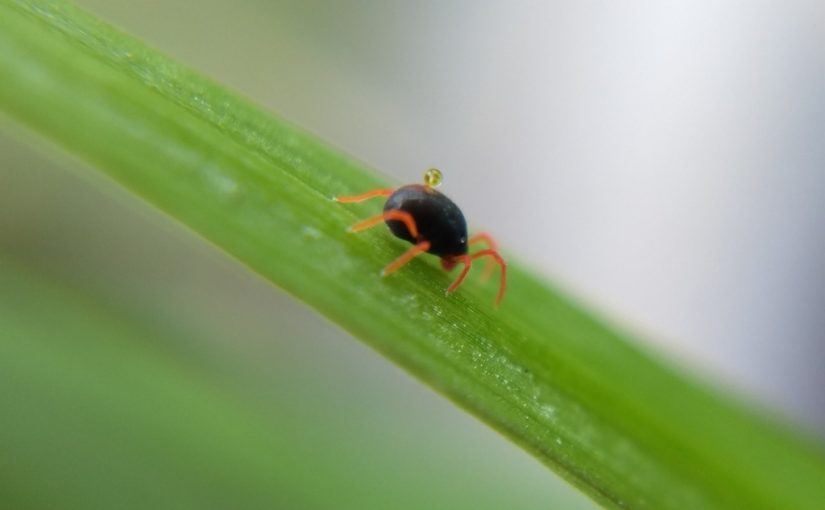(Header image from this 1897 Scientific American story.)
Okay, I’ve been thinking about this, and you know what Dracula needs more of? BICYCLES.
The 1880s-1890s brought us the bicycle as we know it – double-triangle frame, inflatable tires, rear freewheel, etc. Bikes were increasingly comfortable, convenient, and easy to use – notably, for women as much as men. Even women’s fashion adapted – even if you weren’t one for the controversial “bloomers”, you could get skirts made with extra folds in the back for comfortable pedalling. There was even a bit of a bicycle bubble as manufacturers rushed to cash in on the craze (and then when the economy took a downturn many went broke, had to merge with other businesses, etc.).
1896-97 (when Dracula was published) was the height of the 1890s bicycle craze. Bikes were dirt cheap and everywhere. (I’m imagining them scattered around like those rentable scooters.)
In this part of the novel, when the gang are navigating London trying to find where Dracula’s stashed all his dirt boxes, at least some of them should be bicycling. The very sporty Arthur, at least, should be able to ride a bike (and he probably owns some fancy expensive ones). Part of the plot should hinge on Dracula needing to quickly get somewhere during the day (when he can’t transform into a bat, etc.) but he has to take a cab and there’s traffic but a couple of the gang are on bicycles and can quickly detour and make it to a place before Dracula does. Or he thinks he’ll get away free and clear but they biked so they show up way sooner than he expected. Or he’s trying to pursue them by day but he doesn’t know how to ride a bike because why would he.
I think bicycles would really be a great addition to Dracula‘s famous juxtaposition of modern technology and myths from time immemorial, and help make the setting feel distinctly 1890s.
Thank you for coming to my TED talk.
(Originally posted Oct. 2, 2025.)
